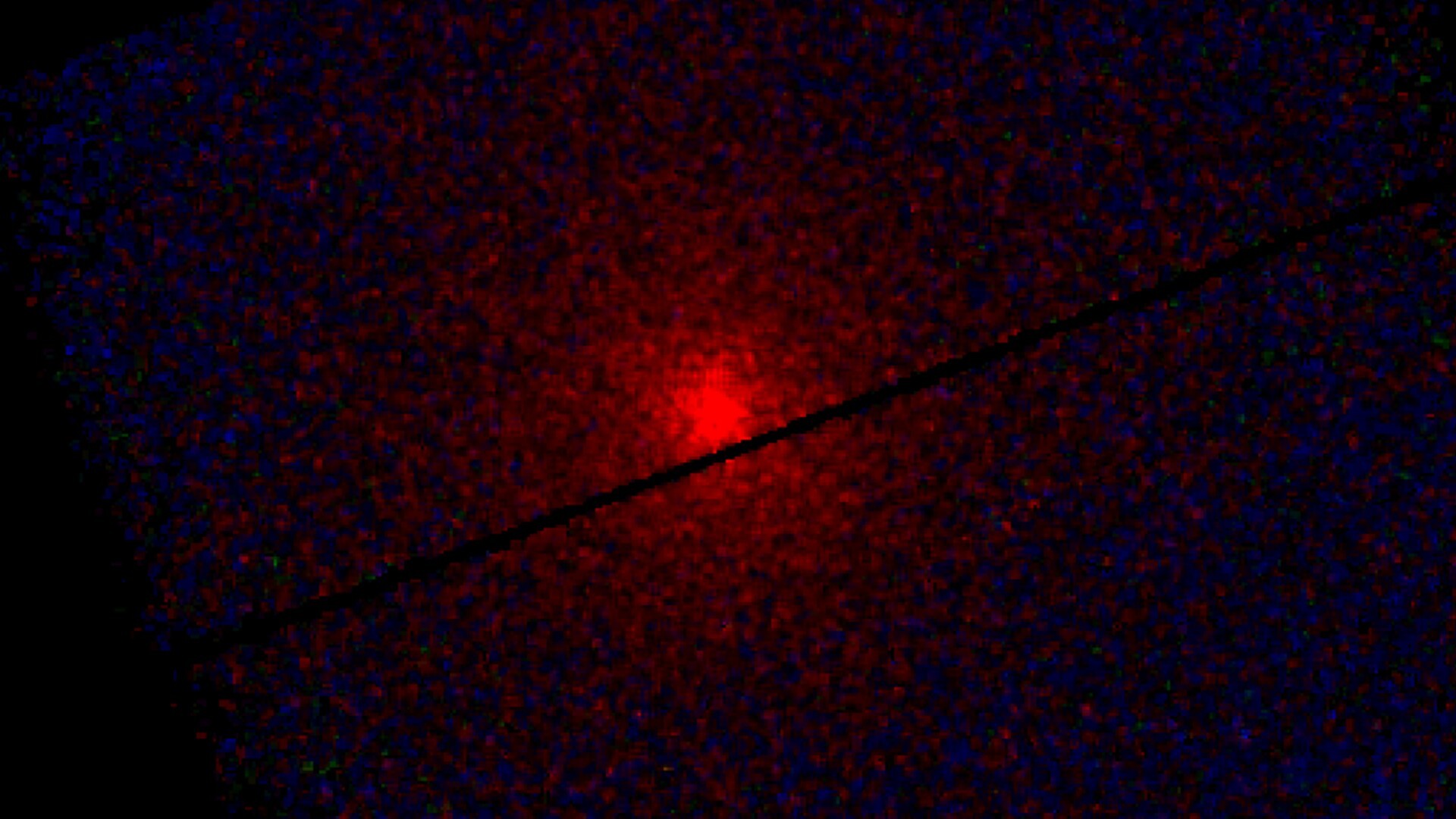October's full Hunter's Moon of 2021 rises tonight! Here's what to expect.
The full moon arrives at 10:57 a.m. EDT (1457 GMT) on Wednesday (Oct. 20).

The Hunter's Moon rises tonight, marking the first full moon of the fall season in the Northern Hemisphere.
October's full moon will reach its peak at 10:57 a.m. EDT (1457 GMT) today (Oct. 20), though the moon will have appeared full since Monday night, and will remain big and bright in the night sky through Thursday. The full moon will be visible during night hours to the casual skywatcher, weather permitting.
On the U.S. East Coast, the full Moon will rise at 6:26 p.m. EDT (2226 GMT), shortly after sunset. The full moon will be accompanied by the planet Mercury, which will appear about 5 degrees above the eastern horizon, according to NASA's viewing guide.
Related: Best night sky events of October 2021 (stargazing maps)
The moon will rise in the constellation of Cetus, the whale. However, by 10 p.m. local time tonight (Oct. 20), the moon will move into the constellation Pisces, the fishes. The full moon will reach a maximal altitude of about 54 degrees at 12:27 a.m. (Oct. 21) in New York City.
The Hunter's Moon always follows the Harvest Moon, and is named after the time of year when animals fatten up in preparation for the colder months ahead and hunting season is underway for hunters to stock up on meat for the winter.
Other names for October's full moon include the Falling Leaves Moon and Dying Grass Moon, representing different seasonal changes. Some have also referred to it as the Blood Moon or Sanguine Moon, which is also in reference to the start of fall and the hunting season. October's full moon has also been called the Travel Moon, which represents the migration patterns of animals and humans preparing for winter, according to the NASA viewing guide.
Breaking space news, the latest updates on rocket launches, skywatching events and more!
The October full moon also has historical significance in the traditional Hindu calendar, as it marks the end of the month of Ashvin. For Buddhists, it marks the end of Vassa — the three-month fasting period for monks, according to the NASA guide.
The full Hunter's Moon also occurs alongside the peak of the Orionid meteor shower this week. The Orionids meteor shower will peak between midnight and sunrise on Thursday (Oct. 21), at which point upwards of 10-20 meteors may be visible per hour. However, the brightness of the full moon may make it more challenging to spot a shooting star.
Editor's note: If you snap an amazing photo of the full moon or any other night-sky sight and you'd like to share it with Space.com for a story or image gallery, send images, comments and location information spacephotos@space.com.
Follow Samantha Mathewson @Sam_Ashley13. Follow us on Twitter @Spacedotcom and on Facebook.

Samantha Mathewson joined Space.com as an intern in the summer of 2016. She received a B.A. in Journalism and Environmental Science at the University of New Haven, in Connecticut. Previously, her work has been published in Nature World News. When not writing or reading about science, Samantha enjoys traveling to new places and taking photos! You can follow her on Twitter @Sam_Ashley13.
